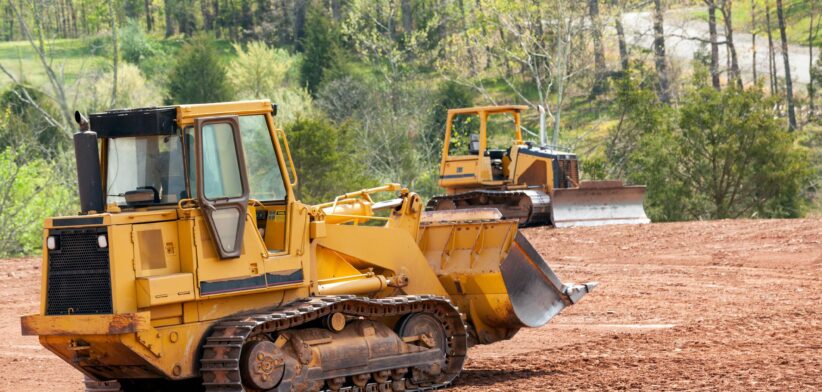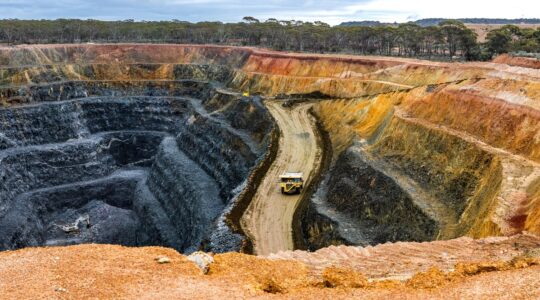Land clearing in Great Barrier Reef catchment areas has decreased by more than 10 percent, according to newly-released figures.
The latest Statewide Landcover and Trees Study (SLATS) report showed that it 2021-22 there was a 13 percent decrease in clearing activity in the reef’s catchments.
The report, which analysed woody vegetation clearing over that period, showed a decrease of seven percent in overall clearing activity across the state, compared with the previous year’s report.
State Resources Minister Scott Stewart said of the overall clearing, 78 percent of the vegetation was assigned Category X, which was vegetation that was generally exempt from regulation under the vegetation management framework.
Minister Stewart said clearing of regulated vegetation increased from 61,400 hectares in 2020-21 to 71,100 hectares in 2021-22.
“The increase is largely due to more landholders managing vegetation encroachment on native grasslands in response to the sequential wet years Queensland has experienced,” he said.
Minister Stewart said a further 31,097 hectares of regrowth was mapped as part of the study, adding to the 59,654 hectares of new growth mapped the previous year.
Environment Minister Leanne Linard said the SLATS report was an important tool as it allowed the government to monitor how much land was being cleared and ongoing vegetation clearing trends.
“We know that too much native vegetation clearing has adverse effects. Among other things, it can impact regional communities, threatened species habitats, trade opportunities, climate action and the health of the Great Barrier Reef.”








